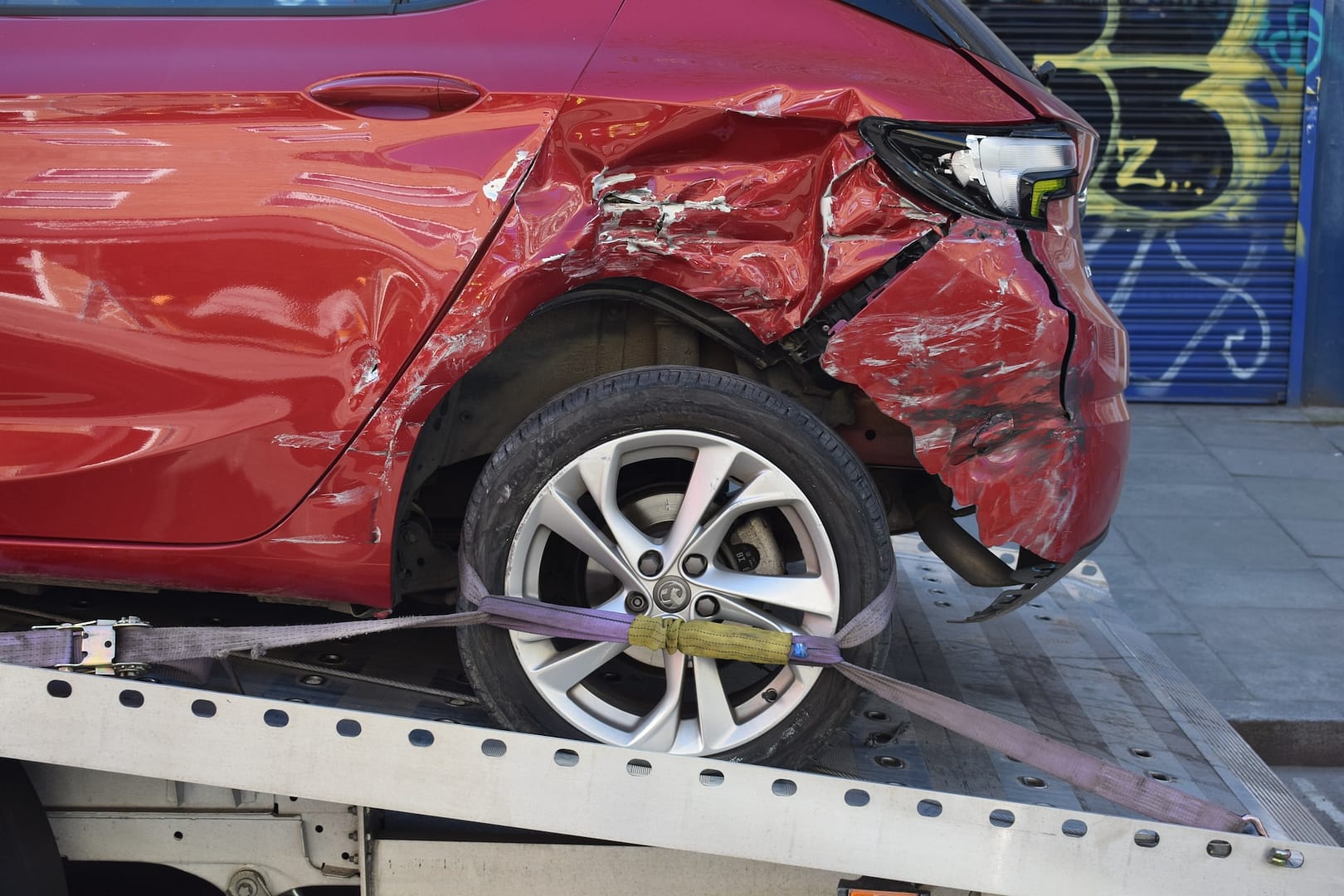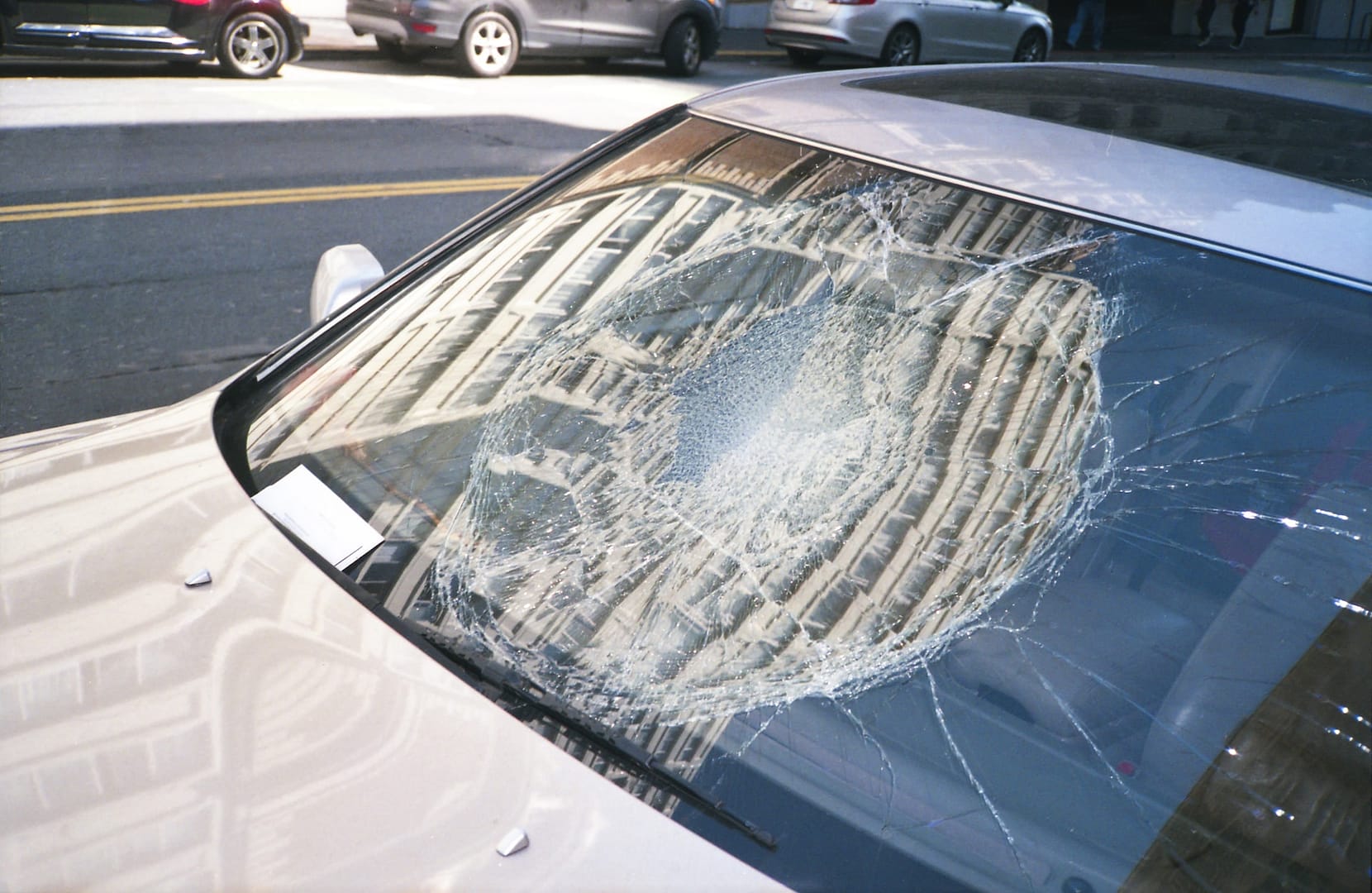Car crashes are events that we all hope to avoid, but understanding the physics behind them can shed light on how these incidents occur and, more importantly, how they impact passengers. In the UK, where road safety is a paramount concern, delving into the science of car crashes becomes crucial for enhancing preventive measures and ensuring the well-being of individuals on the road.
Passengers injured in car crashes can claim compensation if they suffer physical or psychological harm. Even in minor collisions, sudden forces caused by the physics of a crash can lead to whiplash, head trauma or internal injuries. As a passenger, you’re legally entitled to claim – regardless of who was at fault.
The Science Unveiled
Have you ever wondered about the forces during a car crash? It’s a topic we rarely contemplate until faced with the stark reality of a collision. The physics involved in a car crash are like an unseen script guiding the actions and reactions of vehicles, passengers, and the road itself.
When two objects collide, the conservation of momentum becomes a central player. In the realm of physics, momentum is the product of an object’s mass and velocity. In a car crash, the total momentum of the system—comprising both vehicles—before the collision is the same as the total momentum after the collision. However, the distribution of this momentum can change dramatically, leading to significant consequences for those inside the vehicles.
How the Physics of a Crash Impacts Passengers
Let’s keep it simple: when a car is moving, everything inside it — including the passengers — is also moving at the same speed. When the car stops suddenly (like in a crash), your body keeps moving forward due to inertia. That sudden stop is what causes injuries.
Depending on where you’re sitting and whether you’re wearing a seatbelt, the impact can cause:
- Whiplash or neck strain
- Spinal injuries
- Concussions or head trauma
- Broken bones
- Internal injuries
- Psychological stress or PTSD
The back seats, while seemingly safer, can still be dangerous if seat belts aren’t worn properly.
Safety Innovations: A Glimpse into the Future
As our understanding of the physics of car crashes deepens, so does our ability to innovate in safety technology. Advanced driver-assistance systems, including automatic emergency braking and lane departure warnings, leverage the principles of physics to anticipate and mitigate potential collisions.
Crash simulations, an integral part of modern vehicle design, rely heavily on physics principles. Engineers use these simulations to analyse how different structural elements and safety features interact during a collision, aiming to enhance passenger safety. This commitment to understanding and applying physics not only saves lives but also shapes the future of automotive design.
The Human Element: Implications for Passengers
Now, let’s turn our attention to the implications for passengers. In the unfortunate event of a car crash, the physics we’ve explored become intensely personal. Seat belts, airbags, and crumple zones are not just abstract concepts; they are the frontline defenders against the formidable forces at play.
Seatbelts are a prime example of physics in action. They operate on the principle of distributing force over a larger area, reducing the risk of severe injuries. When a car comes to a sudden stop, seatbelts apply a force to bring the occupants to a halt gradually, preventing them from continuing forward at the vehicle’s original speed.
Airbags, too, rely on physics to safeguard passengers. They deploy rapidly upon impact, providing a cushioning effect that extends the time it takes for passengers to come to a stop. By doing so, airbags reduce the force exerted on passengers, particularly their heads and chests, minimising the risk of serious injury.
How Much Compensation Can You Claim?
Compensation for passenger injuries depends on the type and severity of your injury, the impact on your daily life, and any financial losses you’ve suffered. Here’s a rough guide to typical payouts in the UK:
| Injury Type | Estimated Compensation |
|---|---|
| Minor whiplash | £1,000 – £3,500 |
| Moderate whiplash | £4,000 – £9,000 |
| Back/spine injuries | £6,000 – £35,000 |
| Head injuries | £3,000 – £40,000+ |
| Psychological stress | £3,000 – £20,000+ |
| Loss of earnings | Actual loss recoverable |
If your injuries are long-lasting or life-altering, compensation could exceed £50,000 or more.
At National Claims, we work with trusted solicitors who will ensure every aspect of your suffering is considered – from mental health effects to mobility loss and financial strain.
People Also Ask
1. Can passengers claim after a road traffic accident in the UK?
Yes, passengers are entitled to claim compensation for injuries or stress caused by a car accident, regardless of which driver was at fault.
2. How long do I have to make a passenger injury claim?
You typically have three years from the date of the accident to make a claim, according to UK law.
3. What evidence do I need to claim as a passenger?
Useful evidence includes medical reports, witness statements, photos from the scene, and details of the vehicles and drivers involved.
4. Can I claim if I wasn’t wearing a seatbelt?
Yes, but your compensation may be reduced (typically by 15–25%) if not wearing a seatbelt contributed to your injuries.
5. What if I was in a taxi or bus during the crash?
You can still claim as a passenger — the responsible driver’s insurer (or the company, if applicable) would be liable.

Making a Road Traffic Accident Claim with National Claims
In the aftermath of a car crash, the need for support becomes paramount. At National Claims, we understand the physical and emotional toll a car crash can take on individuals and their families. Our team of experts is dedicated to guiding you through the process of making a road traffic accident claim, ensuring that you receive the support and compensation you deserve.
Our experts comprehend the nuances of car crash physics and use this knowledge to build a strong case on your behalf. From analysing the dynamics of the collision to assessing the impact on your life, we leverage our understanding of the science behind car crashes to pursue the best possible outcome for your claim.
National Claims is not just a legal partner; we’re your advocates in the complex world of insurance claims. Our commitment to your well-being extends beyond the legal process, as we work tirelessly to ensure that you receive the necessary care and support during your recovery.
Conclusion
In conclusion, understanding the physics of car crashes is not just an academic pursuit; it’s a journey into the science that shapes our safety on the roads. As we navigate the complexities of modern transportation, the implications for passengers underscore the importance of ongoing research, technological innovation, and a collective commitment to road safety.
Next time you buckle up before a drive, remember that you’re not just fastening a seatbelt; you’re securing a lifeline that connects you to the physics designed to protect you on the unpredictable journey of the road. In the UK and beyond, this understanding becomes a powerful tool for fostering a culture of safety and ensuring that every journey, no matter how short, is a step towards a safer road for everyone. And should you find yourself in the unfortunate situation of a car crash, remember that National Claims is here to stand by your side, offering expertise, support, and a pathway to recovery.
Speak to one of our claims specialists today by getting in contact with us and they will get you started on your claim.
Click below to see why we are one of the most trusted claims management companies in the UK.

We’re proud of our excellent customer reviews
We thrive on delivering exceptional service and ensuring our clients’ satisfaction. Don’t just take our word for it. Check out some of our independent reviews to see what our clients have to say.
Excellent

This firm is excellent, they sorted out my car pay out and injury claim very fast, they always communicate with you all the time.

My accident case was dealt with confidence and with great result of the outcome, especially James kept me informed all the time.

I was very impressed at the way my inquiry was treated. I was listened to attentively and everything I needed to know was explained to me.






